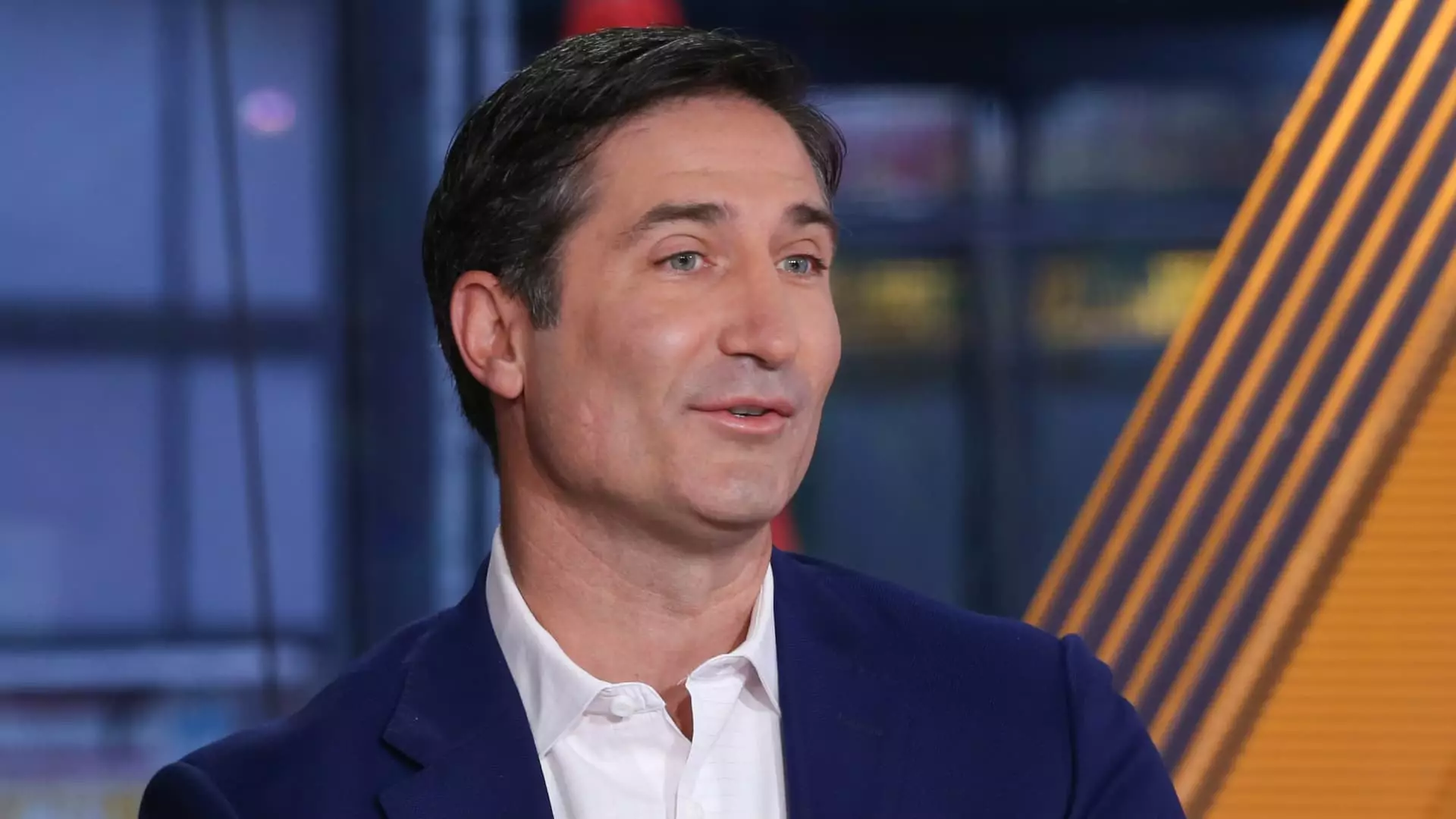On Tuesday, Starbucks announced its latest earnings results, revealing a mixed bag for the iconic coffee brand. Despite witnessing a decline in same-store sales for the fourth consecutive quarter, the company exceeded Wall Street expectations in terms of both revenue and earnings. In the midst of a struggling U.S. market, Starbucks’ management has initiated a comprehensive turnaround plan aimed at reigniting growth and improving customer engagement. CEO Brian Niccol expressed cautious optimism, highlighting the company’s confidence in the steps being taken to remedy the situation.
Financial Performance and Market Reactions
Starbucks reported a fiscal first-quarter net income of $780.8 million, equating to 69 cents per share, which marks a significant drop from $1.02 billion or 90 cents per share in the corresponding quarter of the previous year. The reported revenue of $9.4 billion aligned closely with Wall Street forecasts wherein analysts had anticipated $9.31 billion. Despite an unchanged net sales figure, the slight outperforming in earnings per share provided a silver lining. In reaction to the results, Starbucks shares experienced a 3% uptick in extended trading—this reflects investor sentiment reinforcing confidence in the company’s restructuring initiatives.
Declining Same-Store Sales and Traffic Challenges
Starbucks has been grappling with a notable 4% decline in same-store sales predominantly driven by an 8% fall in foot traffic to its outlets. Analysts had predicted an even steeper decline of 5.5%, indicating that while conditions are challenging, there are glimpses of resilience emerging from the company’s efforts to stabilize revenues. Importantly, sales in the U.S. market recorded a 4% dip as well, corroborating a broader trend of diminished customer visits.
The downturn is not relegated to domestic struggles alone; Starbucks also reported a 4% drop in same-store sales in international markets, particularly highlighting a concerning 6% decrease in sales from China. Starbucks faces fierce competition in China, where rivals such as Luckin Coffee provide lower-priced alternatives, prompting the company to introduce discounts to entice budget-conscious consumers.
In response to the ongoing financial challenges, Brian Niccol is steering the company’s strategic direction. Since taking over in September, his emphasis has been on reestablishing Starbucks’ core identity as a coffee-centered destination, while also enhancing the overall customer experience. Notable changes so far include the elimination of additional charges for plant-based milk options and a renewed focus on invigorating the coffee segment of the menu. These adjustments aim to cater to evolving consumer preferences while driving traffic back to stores.
Furthermore, under Niccol’s leadership, Starbucks plans to adopt a more conservative approach regarding store expansion and renovations by scaling back on new openings as well as major refurbishments. This pivot is part of a calculated effort to conserve capital and focus resources on the turnaround plan.
Corporate Restructuring and Workforce Changes
Recognizing the need for organizational agility, Niccol has begun restructuring Starbucks’ corporate framework, notably splitting the role of North American president into two positions to better tackle regional challenges. Furthermore, the company has sought talent outside its traditional network, notably hiring former Taco Bell executives to invigorate its leadership team.
Amid these changes, Starbucks faces the difficult decision regarding workforce management, with plans announced for layoffs in early March. The exact number of affected positions remains undisclosed, yet this development signifies a commitment to streamline operations in pursuit of profitability.
The suspension of the fiscal 2025 forecast exemplifies Starbucks’ focus on stabilization rather than chasing aggressive growth goals in the immediate term. As management works through its turnaround strategy, investor patience may be tested concurrently with consumer response and competitive dynamics in the market. Nonetheless, the adjustments being made, combined with a heightened focus on core products and customer experiences, present potential pathways for Starbucks to reclaim its footing in an evolving coffee landscape. The interim results showcase that while obstacles persist, the brand remains steadfast in its dedication to revitalizing its prominence in the coffee industry.

